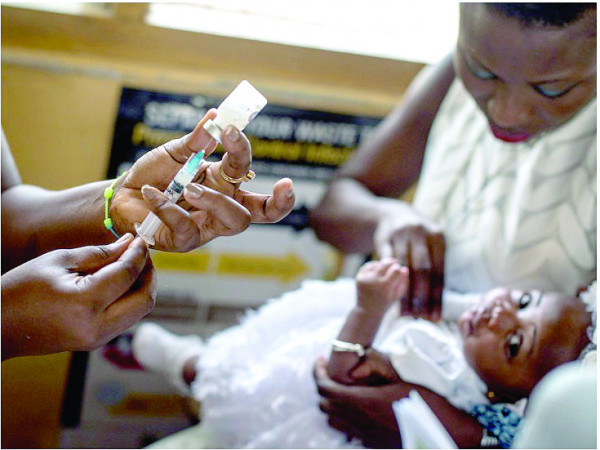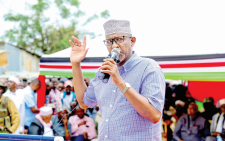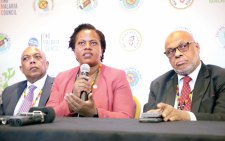Borrow a leaf from Zambia to tame malaria, medics say

To achieve meaningful progress in the fight against malaria, Kenya should borrow a leaf from Zambia.
There, by integrating community health workers (CHWs) with local health centres and the national health system, the country aims at reducing malaria cases by up to 90 per cent.
In Kenya, the 2019-2023 Strategy Paper sets ambitious targets, pegged on implementation of technically sound, evidence-based objectives that should further shrink the malaria map.
It also advocates scaling up of preventive measures to attain universal coverage.
However, despite making great strides in malaria control, says Martha Lungu, the executive director of Malaria Partners, Zambia, Kenya should increase its number of trained community health workers to test, diagnose and treat malaria in rural communities.
“In Zambia, the Partners for a Malaria-Free Zambia Programme, in collaboration with the Ministry of Health, Rotary clubs and implementing partners, aim at reducing malaria cases by 90 per cent for the 10 highly affected districts in Central and Muchinga provinces,” she said in an interview.
She added: “Community health workers help in collecting real-time data that can be used to make informed decisions, such as where more malaria testing and treatment supplies may be needed”.
In Kenya, through trainings funded by the United States President’s Malaria Initiative (PMI), the government has enhanced the capacity of 268 community health volunteers and 28 community health assistants to identify and address signs of malaria, especially among children and pregnant women — the most vulnerable groups.
In Zambia, the CHWs “also observe community members for conditions such as pneumonia, diarrhea and malnutrition, and provide information on preventing Covid-19,” she said.
So far, through a Sh200 million ($2 million) support from the World Vision US, and the Bill & Melinda Gates Foundation, the investment valued at Sh600 million ($6 million) is enabling the Partners for a Malaria-Free Zambia to carry out a three-year programme to recruit, train and support 2,500 new CHWs to combat malaria among more than 1.2 million Zambians.
In Kenya, malaria is a major problem due to altitude, rainfall patterns, and temperature, with 75 per cent of the population at risk.
To demonstrate, the importance of CHWs, she gave an example where, the CHWs provided valuable support for a mass door-to-door immunization campaign to vaccinate children against polio; education and immunization efforts as part of their ongoing work in communities.
So far through a Sh200 million ($2 million) support from the World Vision U.S. and the Bill & Melinda Gates Foundation, the investment valued at Sh600 million ($6 million), is enabling the Partners for a Malaria-Free Zambia team to carry out a three-year program to recruit, train, and support 2,500 new Community Health Workers to combat malaria among more than 1.2 million Zambians, mostly in hard-to-reach areas.
More than 80 percent of the population is at risk of malaria and the National Incident rate is 340 cases per 1000 population and mortality rate is at 8 deaths per 100,000 population.
In Kenya, malaria is a major public health problem due to altitude, rainfall patterns, and temperature, exposing 75 percent of the Kenyan population to malaria risks.














